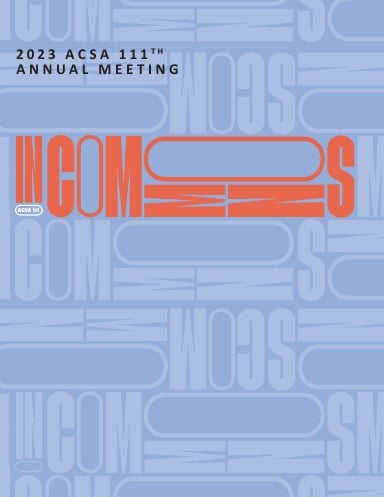Author(s): Robert Sproull
Critical infrastructure doubling as social infrastructure has been a useful strategy for centuries. Projects with these overlapping programs usually spring from a handful of different design scenarios. They are often built initially as hard infrastructure and converted to social infrastructure at the end of their useful life. They can be modifications of existing ‘still-in-use’ critical infrastructure projects. Lastly, they can be designed as overlapping critical and social infrastructure from their conception.One method for establishing critical/social infrastructure is through enhanced public works projects where hard infrastructure is injected with additional social program. Often, this “thickening” of the program can face uphill battles related to increased funding, red tape, or public backlash, however, commoning, (the grass roots collaborative effort of a community to meet its needs), can be a viable alternative method for the creation of these enhancements. There already exist precedents of critical/social infrastructure evolving out of the commons. Chicano Park in San Diego and FDR Skate Park in Philadelphia are lasting examples which are related to residual space left after interstate highways were built. This paper will present ongoing research and teaching related to the overlap of critical and social infrastructure specifically as it relates to atypical methods for their creation. It will present a design course that explores opportunities to create social infrastructure in the overlooked spaces left by the construction of critical infrastructure. It will discuss this on a global level through case studies from around the world and a local level from a series of student design projects situated in a mid-size southern U.S. city. In these projects, residual spaces, (the highway right-of-way and surrounding neighborhood), become the setting for projects that can tap into the commons and be re-imagined as social infrastructure.
https://doi.org/10.35483/ACSA.AM.111.67
Volume Editors
ISBN
978-1-944214-41-8

 Study Architecture
Study Architecture  ProPEL
ProPEL 
